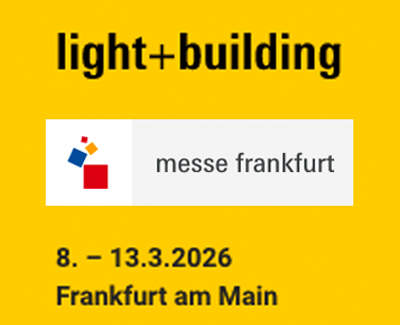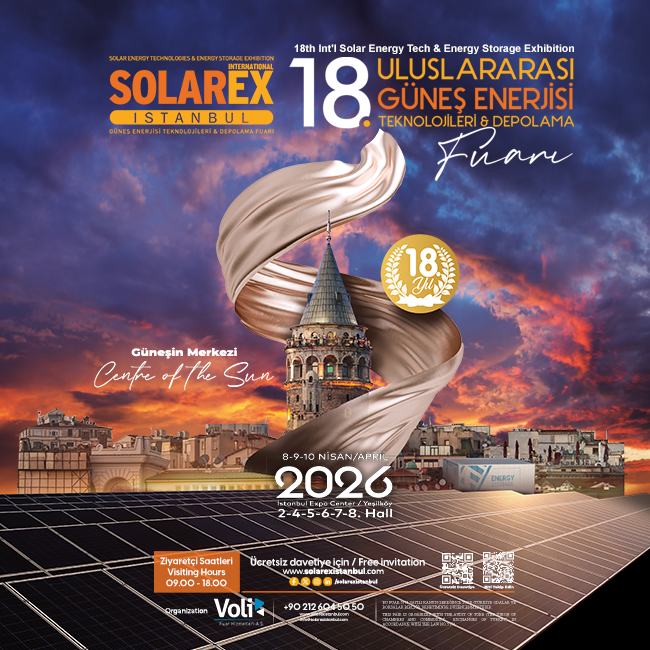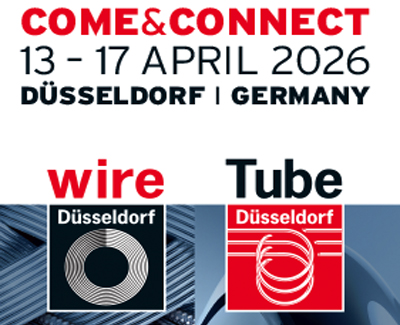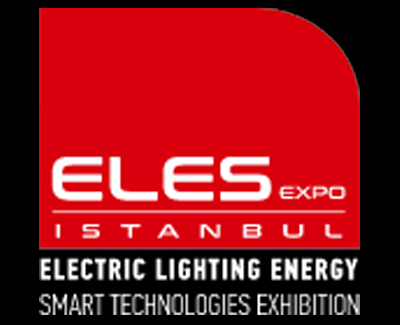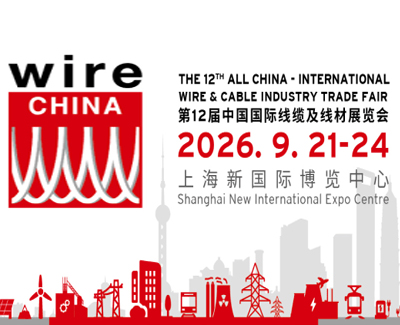Infrared curing for silicone
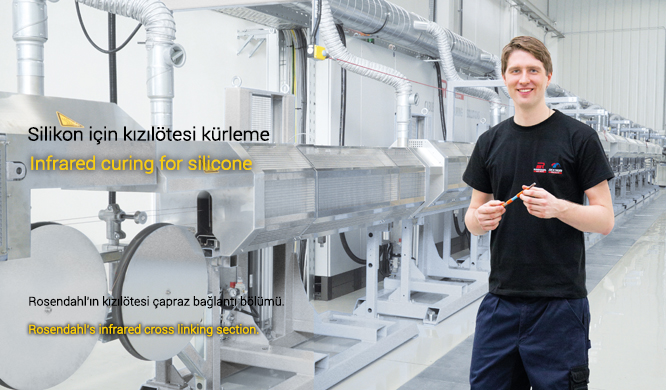
Infrared curing for silicone
The fire resistance of cables in public buildings, such as airports or hospitals, follows strict guidelines. In the event of a fire, every second counts. To evacuate all people safely, the basic functions of a building must stay intact for as long as possible.
Thanks to its high temperature resistance, low smoke emission, zero halogen content and non-toxic substances, silicone is an ideal insulation and jacketing material for cables used in fireproof applications such as elevators or alarm systems. The quality standards that need to be fulfilled for integrity (DIN 4102-12) and insulation (IEC60331, EN50200 and BS6387) are met by every safety cable produced on a Rosendahl silicone line.
Infrared – up to 15% higher speed compared to hot air systems
To make silicon cables resistant against high temperature, they need to be cross-linked. Different processes are available to do this, but mostly hot air or infrared curing are used in new production lines.
Rosendahl machines rely on infrared curing. Compared to other cross-linking methods, infrared curing is more efficient and flexible, with minimum scrap rates and easy controllable parameters. It is even up to 15% faster than hot air systems utilizing the same floor space, whereas power consumption during production is around 30% less.
An infrared curing section typically consists of 3 zones. A so-called shock oven “freezes” the silicone surface enabling the use of support rollers without silicone sticking to the surface. The remaining ovens are used for gentle crosslinking of the silicone to the desired degree.
Each oven is temperature-controlled. The temperature is specified by the line control. Rosendahl’s infrared ovens are optimized for energy efficiency and easy handling. For safety reasons the ovens are designed to open automatically in case of an emergency.
Precisely calculated and guaranteed cross-linking rates
To simulate the cross-linking process Rosendahl has developed a mathematical model. The simulation provides relatively exact values for the cross-linking process and production speed. Together with its powerful line control, the set-up ensures perfect product quality with continuous quality monitoring.
Rosendahl already developed the first silicone extrusion line with infrared curing in 2014. In the meantime, several new lines have been installed worldwide. Today the company offers different optimized line configurations for safety cables with diameters ranging from 0.25 to 300 mm2. Rosendahl also develops the optimized extruders with automatic stripe feeding, crossheads and curing ovens for effective and reproducible results. Everything from one provider. Tailor-made in Europe. For safety worldwide.













